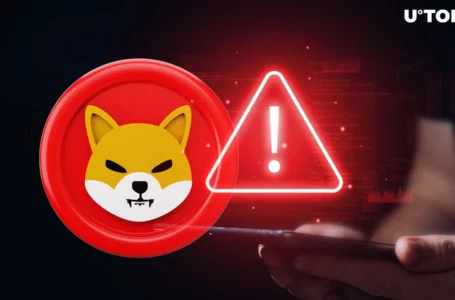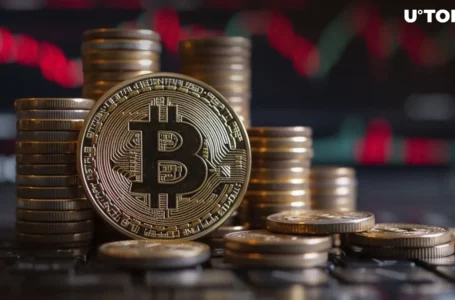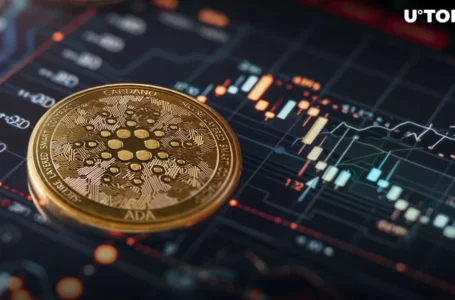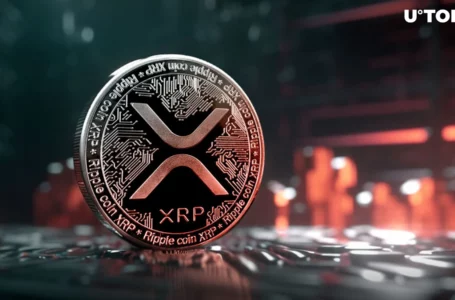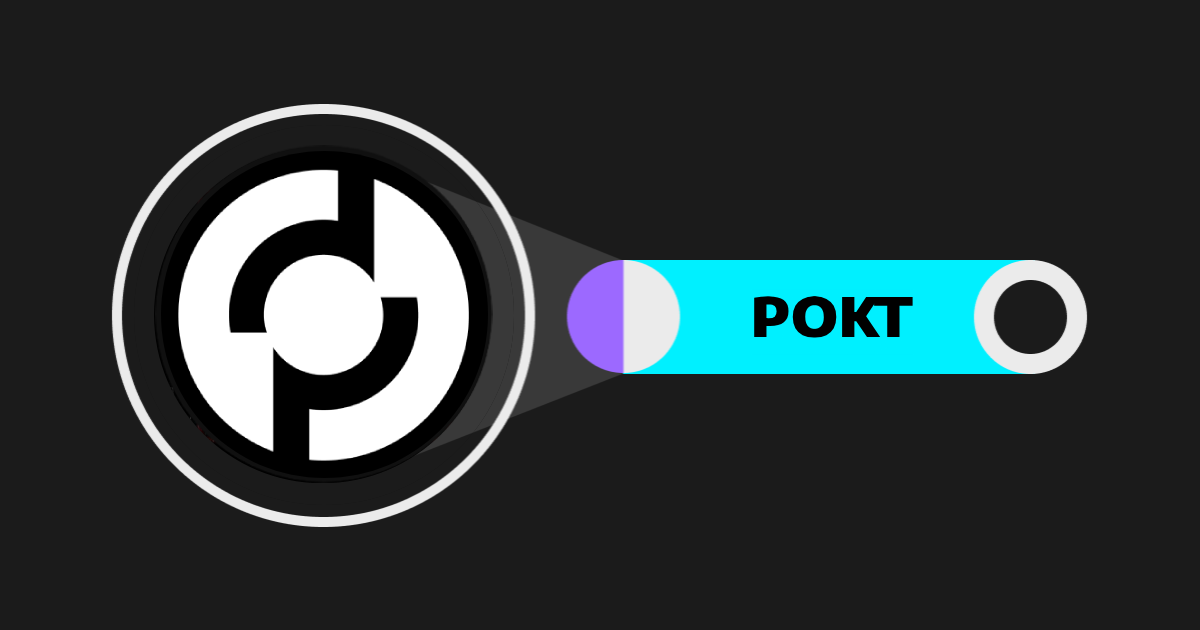
In the context of Web3, Pocket Network emerges as a force in the search for a decentralized digital infrastructure. As the DePIN protocol, Pocket Network has redefined access to data in blockchains, prioritizing decentralization, reliability and economic efficiency.
Pocket Network Crypto, represented by POKT token, plays an essential role in the dynamics of decentralized infrastructure. This digital asset is intrinsically linked to the Pocket Network ecosystem, a DePIN protocol that seeks to redefine accessibility, reliability and economic efficiency of data in blockchains. In this article, we will examine the key elements and features that make Pocket Network crucial to developing a more open and censorship-resistant digital ecosystem.
What is Pocket Netowrk?
Pocket Network is a protocol that acts as the layer RPC base on Web3, being fundamental for the decentralized data infrastructure. Designed as a Decentralized Physical Infrastructure Network, Pocket Network seeks to transform the accessibility, reliability and economic efficiency of data in the ecosystem blockchain.
Based on the fundamental principles of decentralization, Pocket Network provides a reliable, high-performance foundation for developers, applications and users. Its architecture consists of several key elements, including blockchains, users, node executors, gateways, and contributors.
POKT Token
The POKT token is the native cryptocurrency associated with the Pocket Network ecosystem, functioning as the unit of value within this ecosystem, POKT plays multiple crucial roles.
Firstly, POKT is used to staking by validator executors and gateway operators. This staking process not only contributes to the operation and security of the network, but also serves as a mechanism to encourage active participation from token holders. Additionally, POKT is employed as a means of paying fees by gateway operators, who route traffic to the Pocket Network decentralized network.
The multifunctional nature of the POKT token is fundamental to sustaining the internal economy of the Pocket Network, promoting the security, efficiency and decentralization of the infrastructure.
How does Pocket Network work?
Pocket Network operates as a decentralized infrastructure that plays a central role in Web3, redefining data access on blockchains. Its operation is intricate, involving several components and processes that guarantee decentralization, efficiency and reliability. The following highlights the main aspects of how Pocket Network operates:
- block Chains: Pocket Network connects to more than 50 blockchains, forming the decentralized database. This diversity offers flexibility to developers and users to choose the blockchain that best suits their needs.
- Usuarios: Representing the demand of the protocol, users consume data from the various blockchains connected to the Pocket Network. This creates a dynamic ecosystem and boosts the utility of the protocol.
- Node Executors: Essential to network security and stability, node runners guarantee a remarkable 99,99% uptime across 40+ blockchain protocols. Its global network of more than 20.000 independent nodes ensures operation integrity.
- Gateways: Gateways, such as Grove and Nodies, are the access points that simplify users’ interaction with the protocol. In addition to reducing friction, these gateways optimize quality of service and facilitate network innovation.
- Collaborators: Individuals with diverse skills contribute to the growth of the network. These collaborators play a vital role in fostering a robust and collaborative ecosystem.
- Decentralized Access: Developers have the flexibility to access Pocket Network’s decentralized RPC service in different ways, whether through a third-party hosted web interface, a self-hosted access point, or a free but fee-limited third-party hosted endpoint .
How and where to buy Pocket network crypto
Buying Pocket Crypto is an affordable process and can be done on some of the main cryptocurrency exchanges. Below, we provide a step-by-step guide on how to acquire POKT and where to find this digital asset:
- Where to buy: Choose a reliable exchange that supports POKT trading. Some of the top exchanges that list Pocket network crypto include OrangeX, KuCoin, BingX, and Gate.io. Make sure you create an account with the exchange of your choice.
- Account verification: Complete the exchange account verification process. This usually involves presenting identification documents to meet compliance requirements.
- Deposit of Funds: Deposit funds to your exchange account. Many exchanges accept deposits in various cryptocurrencies or fiat currencies. Choose the option that is most convenient for you.
- POKT Search and Selection: After depositing funds, navigate to the trading section of the exchange and search for Pocket Crypto (POKT). Make sure to select your desired trading pair, such as POKT/USDT or POKT/BTC, depending on the options available on the exchange.
- Purchasing: Determine the amount of POKT you want to buy and execute the purchase order on the exchange. You can choose between market orders (executed immediately at the current price) or limit orders (buy at a specific price).
- Secure Storage: After completing your purchase, transfer your POKT to a secure wallet. This can be a hardware wallet, software wallet, or an exchange-specific wallet. The choice depends on your desired level of security.
Conclusion
Pocket Network, as a DePIN protocol at the forefront of decentralization, is an infrastructure for Web3; and a vision of a democratic digital ecosystem. By defining the way we access and interact with data on blockchains, Pocket Network has established itself as a force in the pursuit of efficiency and reliability.
With a native token, POKT, boosting the internal economy, Pocket Network provides incentives for active participation, ensuring the security and efficiency of the network. The introduction of permissionless gateways, post-Shannon Upgrade, reflects an ongoing commitment to democratizing access to digital infrastructure.
Its role as an enabler of decentralized data not only drives innovation, but also paves the way for a future where digital infrastructure is truly owned by the people. With Pocket Network, the vision of a more open, collaborative and resilient ecosystem becomes a tangible reality on the journey towards Web3.

